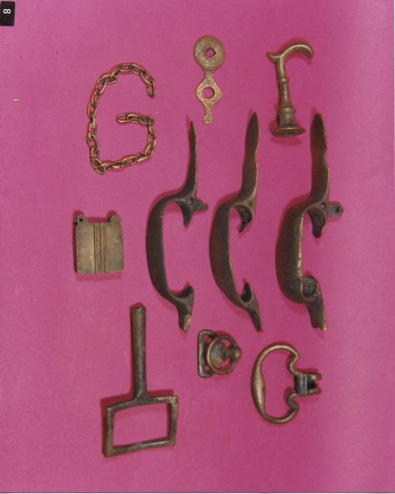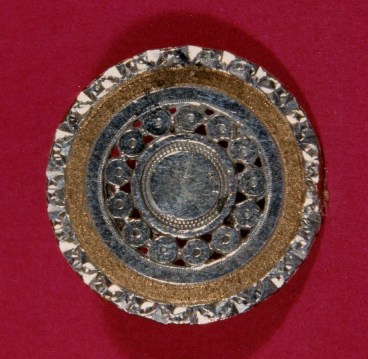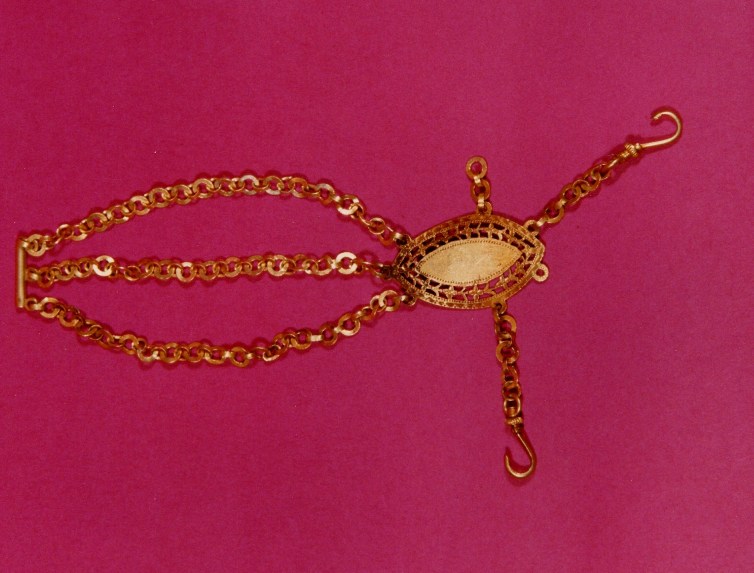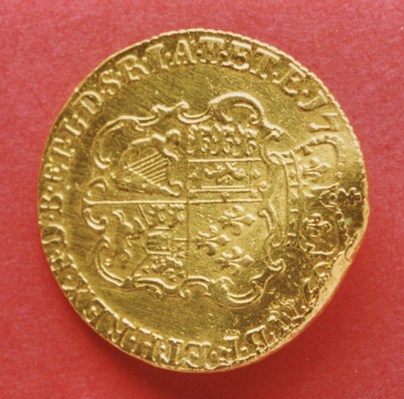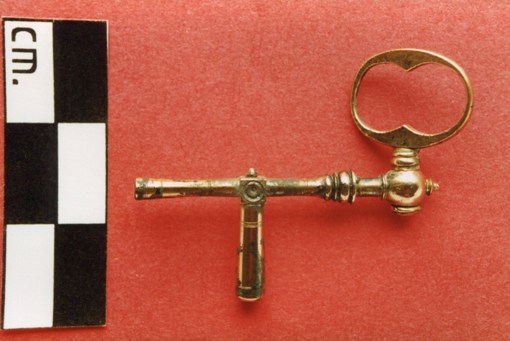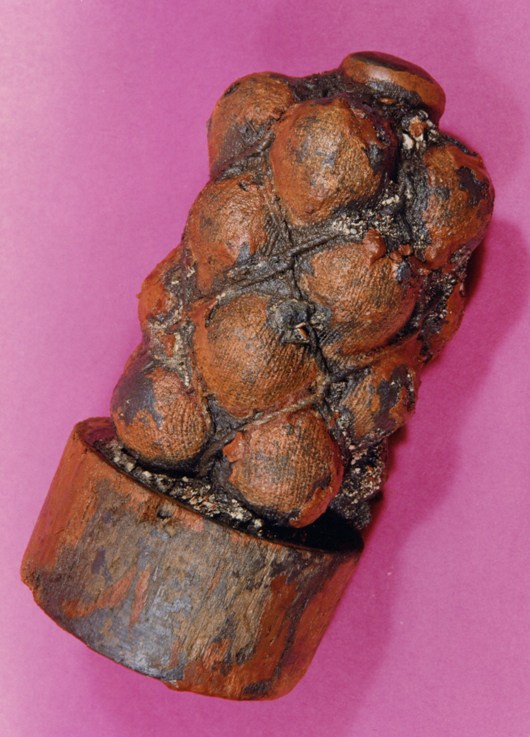Hawswell 1786
N50 11.529 W3 49.782

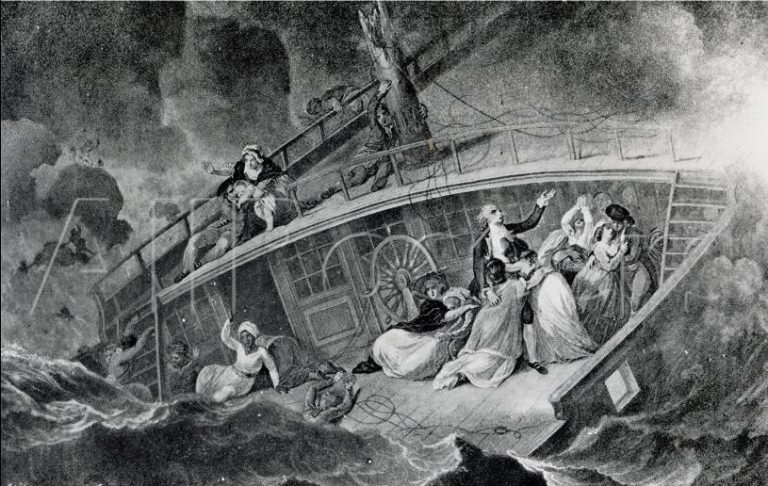
Loss of the East Indiaman Halsewell by Robert Smirke
The Halsewell was an East Indiaman that was wrecked on 6 January 1786 at the start of a voyage from London to Madras. She lost her masts in a violent storm in the English Channel, and was driven onto the rocks below a cliff on the Isle of Purbeck in Dorset, England. The vicar of nearby Worth Matravers recorded the event in his parish register.
On the 4th, 5th and 6th day of January, a remarkable snow storm, sometimes a hurricane, with the wind at south. On the latter day, at two in the morning, the Halsewell East Indiaman, 758-tons burthen, commanded by Captain Richard Pierce, bound for Bengal, was lost in the rocks between Seacombe and Winspit quarries in this parish. The had left the Thames at New Year, but problems began as she approached the Dover Strait on Monday 2 January. Snow and ice fouled the topsails and also rendered the mainsail virtually useless. On Tuesday, as the ship lay at anchor, a strong gale from the east-north-east was threatening to drive her into the Kentish cliffs. Cables were cut and the Halsewell made for open sea. The wind intensified and turned to the south during the evening; by now the gun-deck was awash. Things got worse on Wednesday– the water in the hold was now five feet deep, the hull was leaking, and ‘all the pumps were set to work’. The mizzenmast was cut down and further attempts were made ‘to wear the ship’. The coxswain, and four others drowned in a desperate bid to turn the ship from the wind.
By eight o’clock on Wednesday morning, the ship had been pointed eastwards and, for a few hours, the Halsewell laboured in heavy seas in Lyme Bay. Two feet of the water in the hold was pumped out and it was impossible to continue towards to India, but the crew bent another fore-sail, raised a ‘jury main-mast, and set a top-gallant-sail for a main-sail’ and aimed to limp into Portsmouth for repairs. Progress was painfully slow – twelve hours later the ship successfully passed Portland Bill, but the immediate objective was to round the next treacherous trio of rocky headlands at Anvil Point, Durlston Head and Peveril Point with a view to anchoring in relative shelter in Studland Bay.
Of over 240 crew and passengers, only 74 survived. The shipwreck shocked the nation. The King visited the scene of the tragedy. The wreck of the Halsewell was the subject of poems, paintings and an orchestral symphony.
The Hawswell was built by “Wells” and launched on 6 january 1786. She was a East Indiaman of 758 tons with a lenth of 42.5m and breadth of 11m.
Today the wreck lies between two steep hills named East and West Man, midway between the landing places of Seacombe and Winspit. In 1967 three divers from Swanage located one of the ship’s cannons, as well as coins, cannonballs, lead shot, tackle and glass. Some relics from the wreck are held by the Dorchester museum. The Worth Matravers church has a mirror from the ship hanging above the main door. The United Kingdom’s Maritime and Coastguard Agency and the Nautical Archaeology Society have been jointly piloting an “Adopt-A-Wreck” plan using the wreck of the Halsewell.
